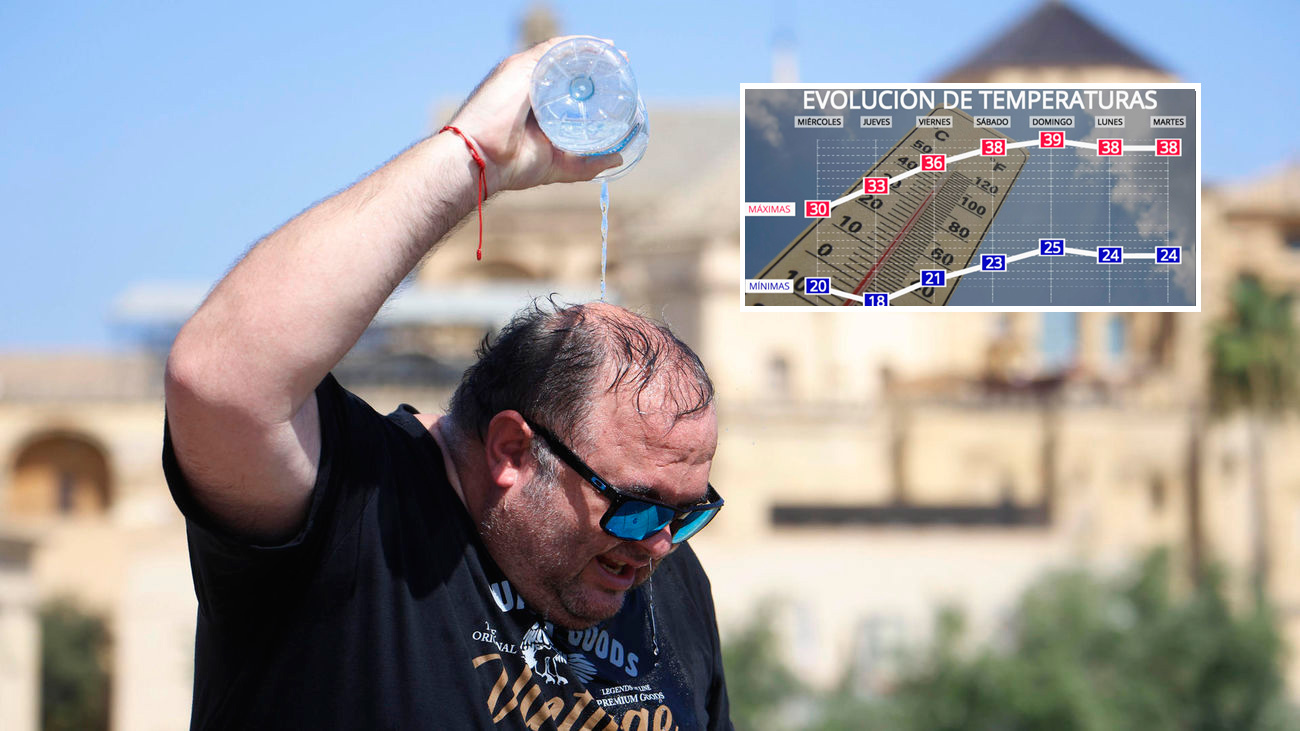Madrid se prepara para su primera ola de calor con máximas de 40ºC y mínimas de 25ºC
The State Meteorological Agency has issued a warning: the rise of a warm air mass from southern Spain will cause high temperatures in the coming days leading to the first heatwave of this summer, reaching its peak on Saturday and Sunday.
This extreme heat episode will be particularly felt starting next Saturday across most of the peninsula, with greater intensity in the northeast, center, and southern regions. In the Community of Madrid, temperatures could reach 40ºC during the day between Saturday and Sunday, while at night the thermometers will not drop below 25ºC.
The Community urges caution due to the African air mass over Madrid until Wednesday
The forecast for the next few days shows a rise in temperatures from this Friday until the following Tuesday, five days where we will really feel the heatwave all across Spain and of course in the entire region.
What is considered a heatwave?
To classify as a heatwave, Aemet defines this climatic anomaly as an episode of, at least, three consecutive days, where 10% of the meteorological stations record values higher than the threshold temperature, corresponding to the 95th percentile of their daily maximums for July and August in the 1971-2000 period.
The factors that determine the intensity of these phenomena are therefore the recorded temperatures, their duration, and the affected territory, taking into account the «heatwave anomaly» (the average of the maximum anomalies for the warmest day compared to its threshold temperature).
When it comes to the Canary Islands, however, the data is processed independently, with a variation from the general criteria, as only half a dozen stations are used. Thus, to declare a heatwave, at least two stations must record the «warm episode«.
Tips for extreme heat
Recommendations include staying hydrated, avoiding prolonged sun exposure, wearing light and loose clothing, using hats or caps, and seeking cool places.
This year, the Ministry of Health has provided a risk map by communities on its website for the affected areas with the four types of risk included in the National Plan for Preventive Actions against the Effects of Excessive Temperature 2025.













Publicar comentario